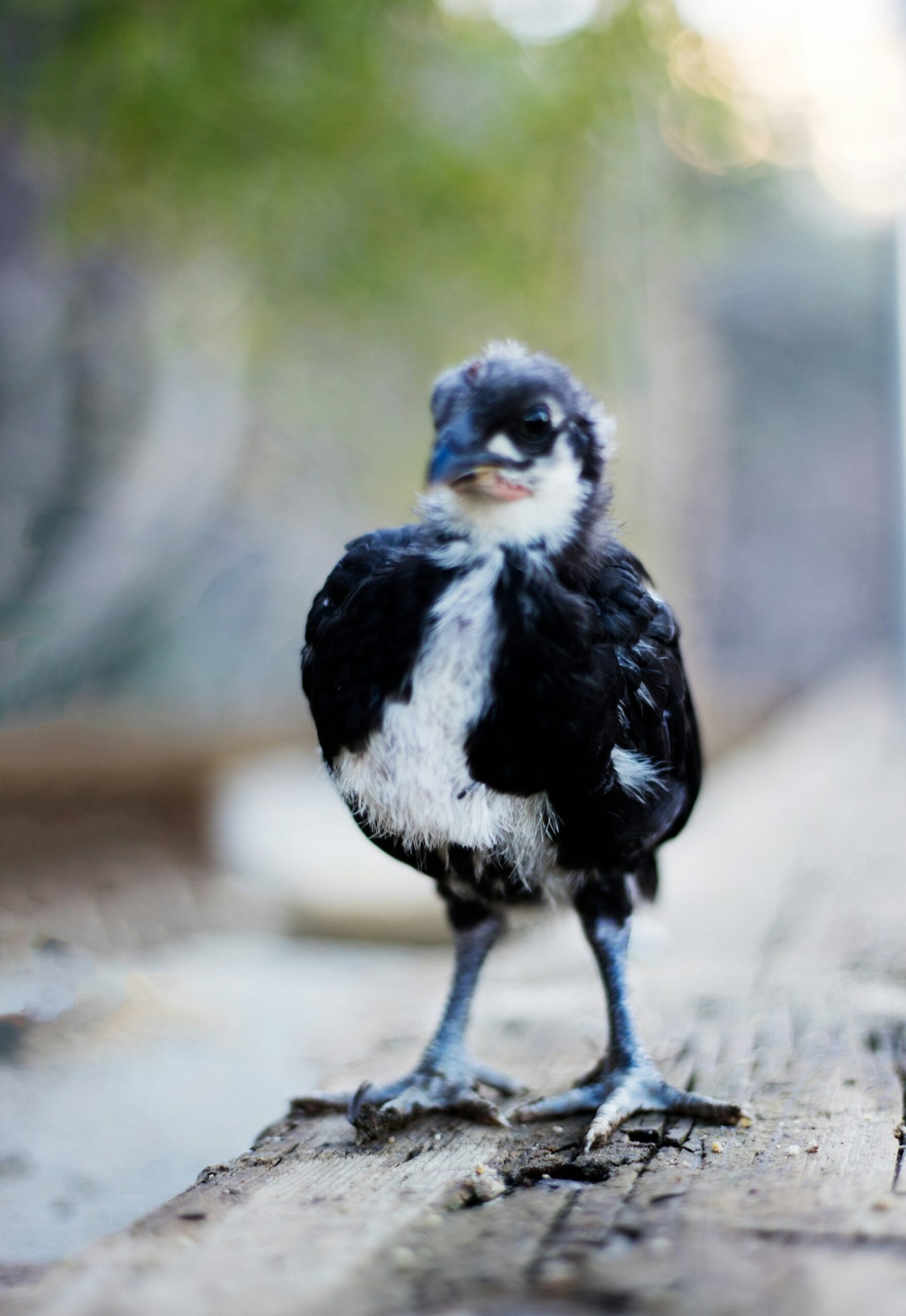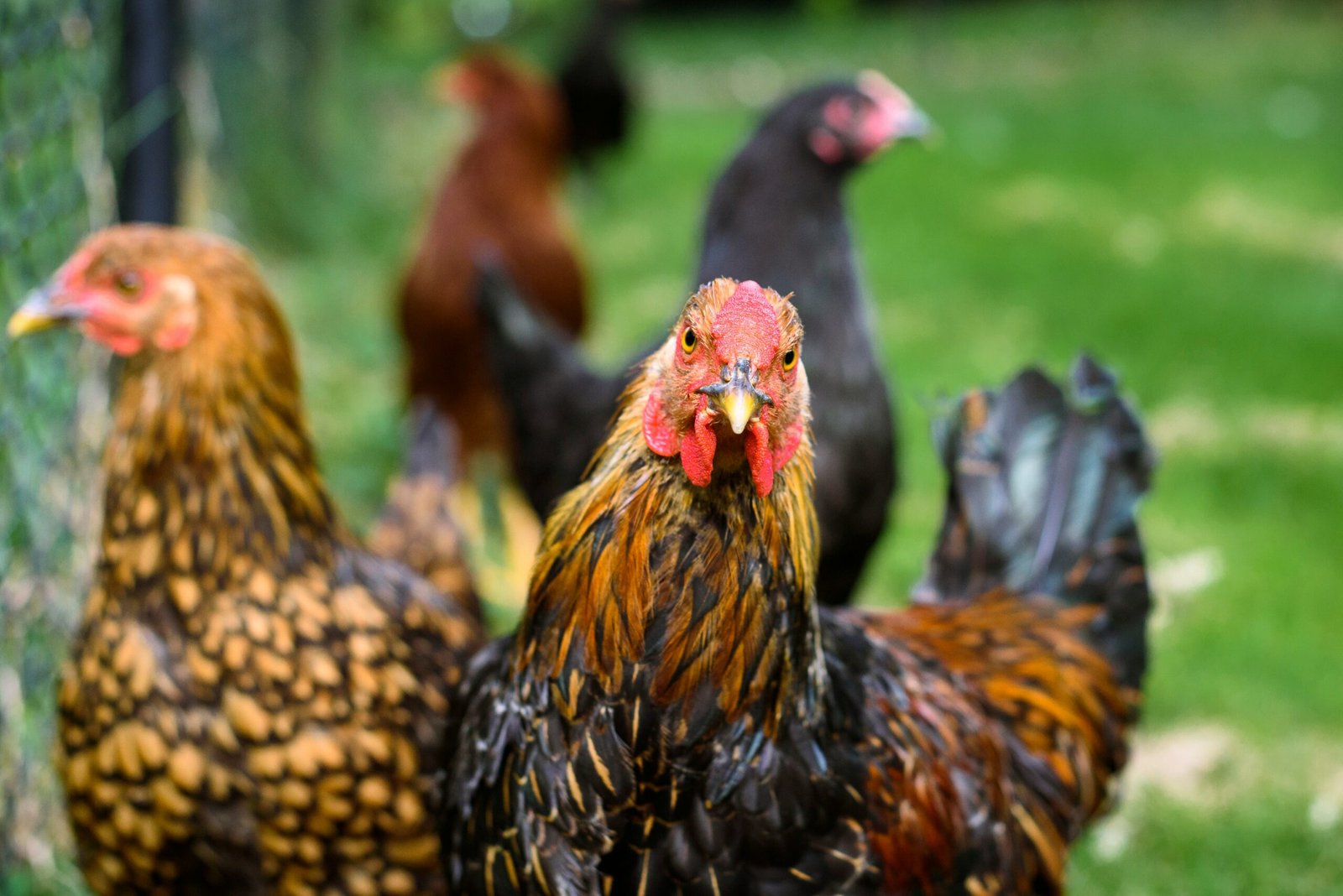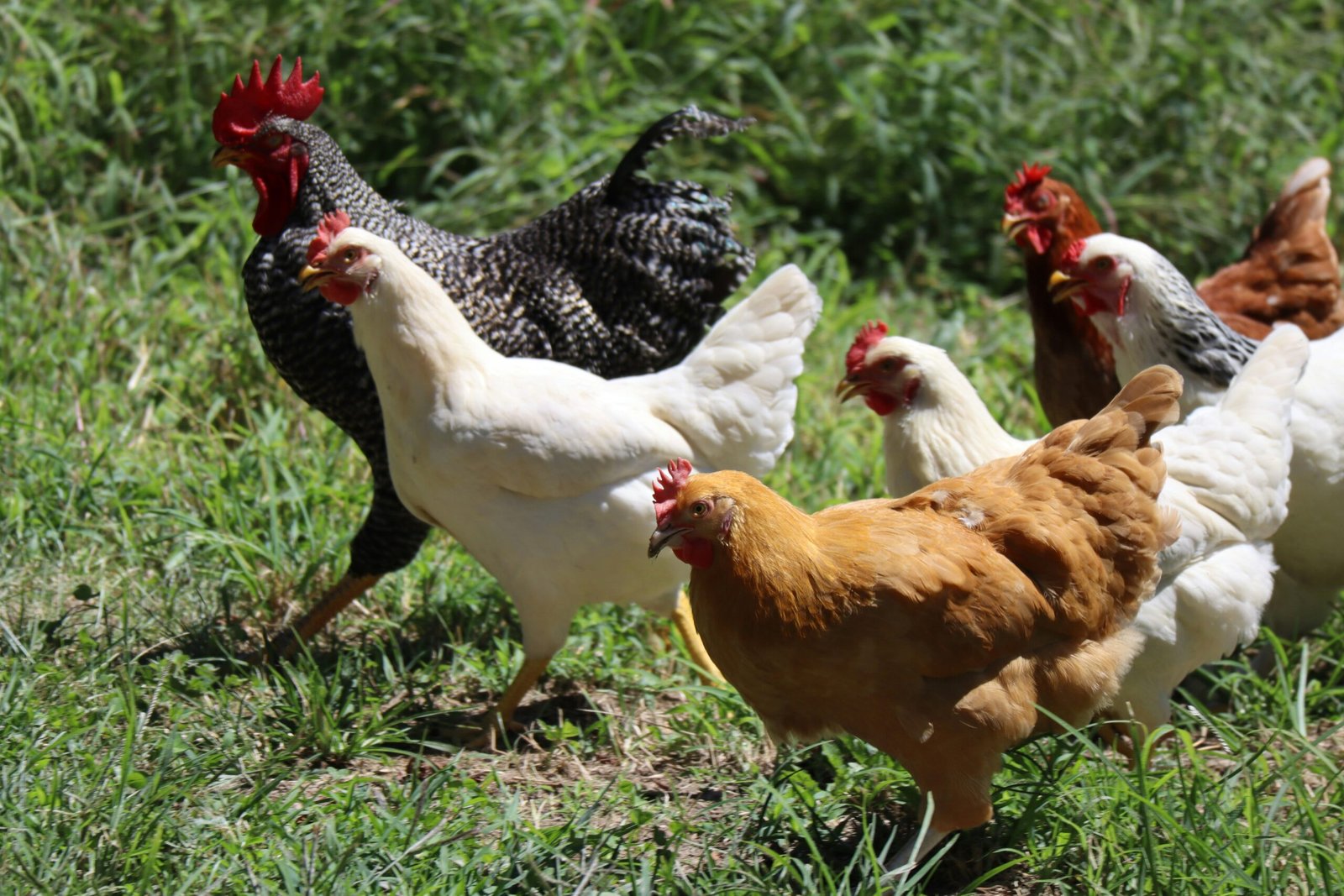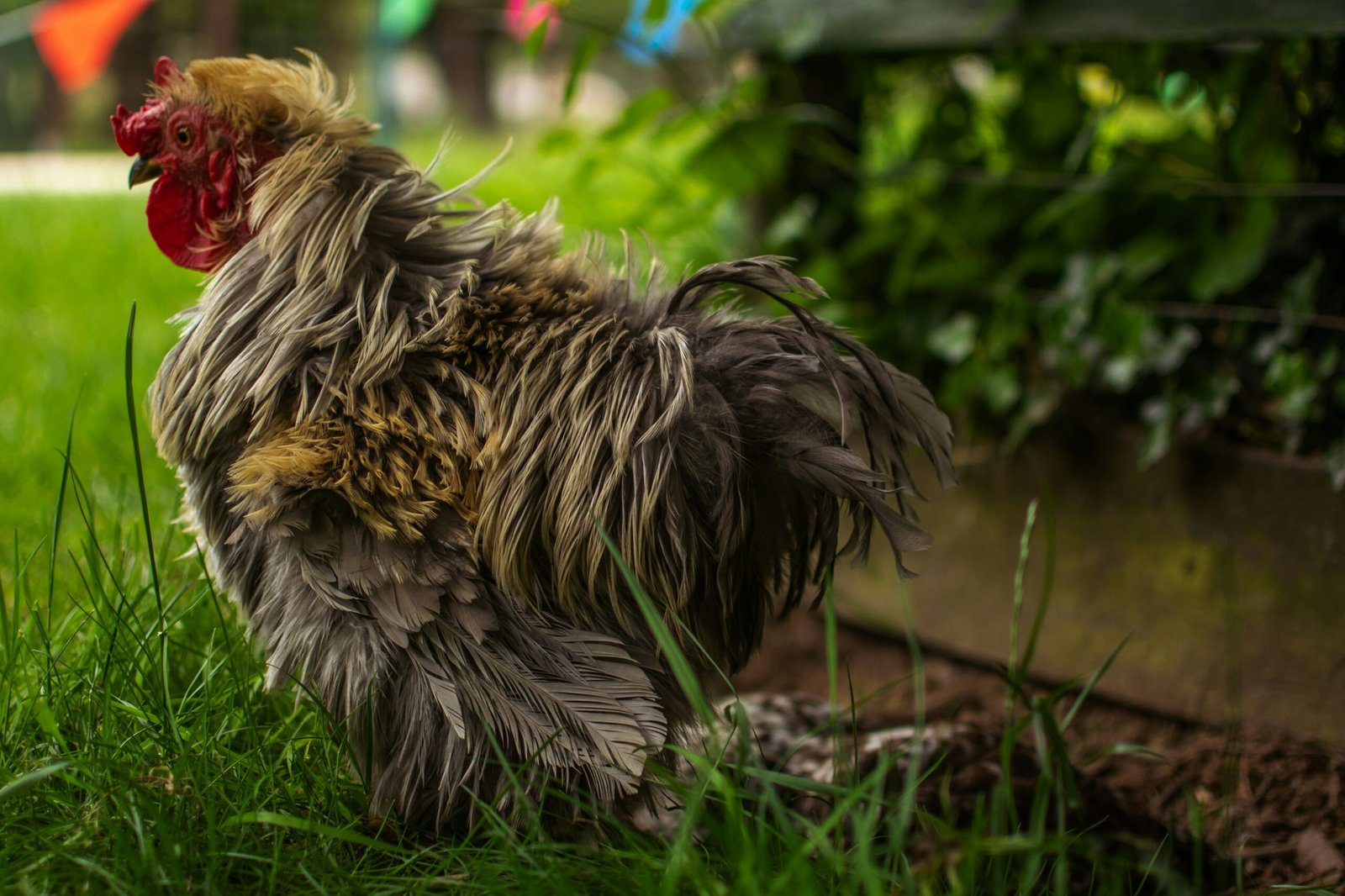Are you considering raising chickens for meat? It can be a rewarding experience to raise your own chickens and have a sustainable source of fresh, high-quality meat. However, it’s important to understand the process of butchering and meat processing to ensure that it is done in a humane and responsible manner. In this guide, we will provide you with information on humane butchering practices and processing meat at home.
Humane Butchering Practices
When it comes to butchering chickens for meat, it’s essential to prioritize the welfare of the animals. Here are some humane practices to consider:
1. Preparing the Environment
Before starting the butchering process, create a calm and stress-free environment for the chickens. Ensure that they are comfortable and have access to clean water and food.
2. Quick and Efficient Process
When it’s time to butcher the chickens, it’s crucial to do it quickly and efficiently to minimize stress and pain. Use sharp and clean tools to ensure a swift and humane process.
3. Respectful Handling
Treat the chickens with respect and handle them gently throughout the butchering process. Avoid causing unnecessary distress or harm to the animals.
4. Proper Stunning and Bleeding
Stunning the chickens before bleeding them is an important step in humane butchering. Use a method that ensures a quick and painless loss of consciousness. Bleeding should be done promptly and effectively to minimize suffering.
5. Knowledge and Skill
It’s crucial to have the necessary knowledge and skill to perform humane butchering. Educate yourself on proper techniques and consider seeking guidance from experienced individuals or professionals.
Processing Meat at Home
Once the chickens have been butchered, it’s time to process the meat. Here are some steps to follow for home meat processing:
1. Cleaning and Dressing
Start by thoroughly cleaning the chicken carcass and removing any remaining feathers. Dress the chicken by removing the internal organs and excess fat.
2. Chilling and Aging
After dressing the chicken, it’s important to chill the meat to prevent bacterial growth. Place the chicken in a refrigerator or cooler at a temperature below 40°F (4°C) for at least 24 hours to enhance flavor and tenderness.
3. Cutting and Packaging
Once the meat has chilled, it’s time to cut it into desired portions. Use a sharp knife or poultry shears to separate the chicken into different cuts such as breasts, thighs, wings, and drumsticks. Package the meat in airtight containers or freezer bags, ensuring that they are properly labeled with the date and contents.
4. Freezing or Cooking
If you’re not planning to consume the meat immediately, it’s best to freeze it to maintain its freshness. Place the packaged meat in the freezer at 0°F (-18°C) or below. Alternatively, you can cook the meat right away and enjoy a delicious meal.
Conclusion
Raising chickens for meat can be a fulfilling endeavor, but it’s important to approach butchering and meat processing with care and respect for the animals. By following humane practices and understanding the steps involved in processing meat at home, you can ensure that you have a sustainable source of high-quality meat while maintaining the welfare of the chickens. Remember to continuously educate yourself and seek guidance from experienced individuals to improve your skills in butchering and meat processing.





